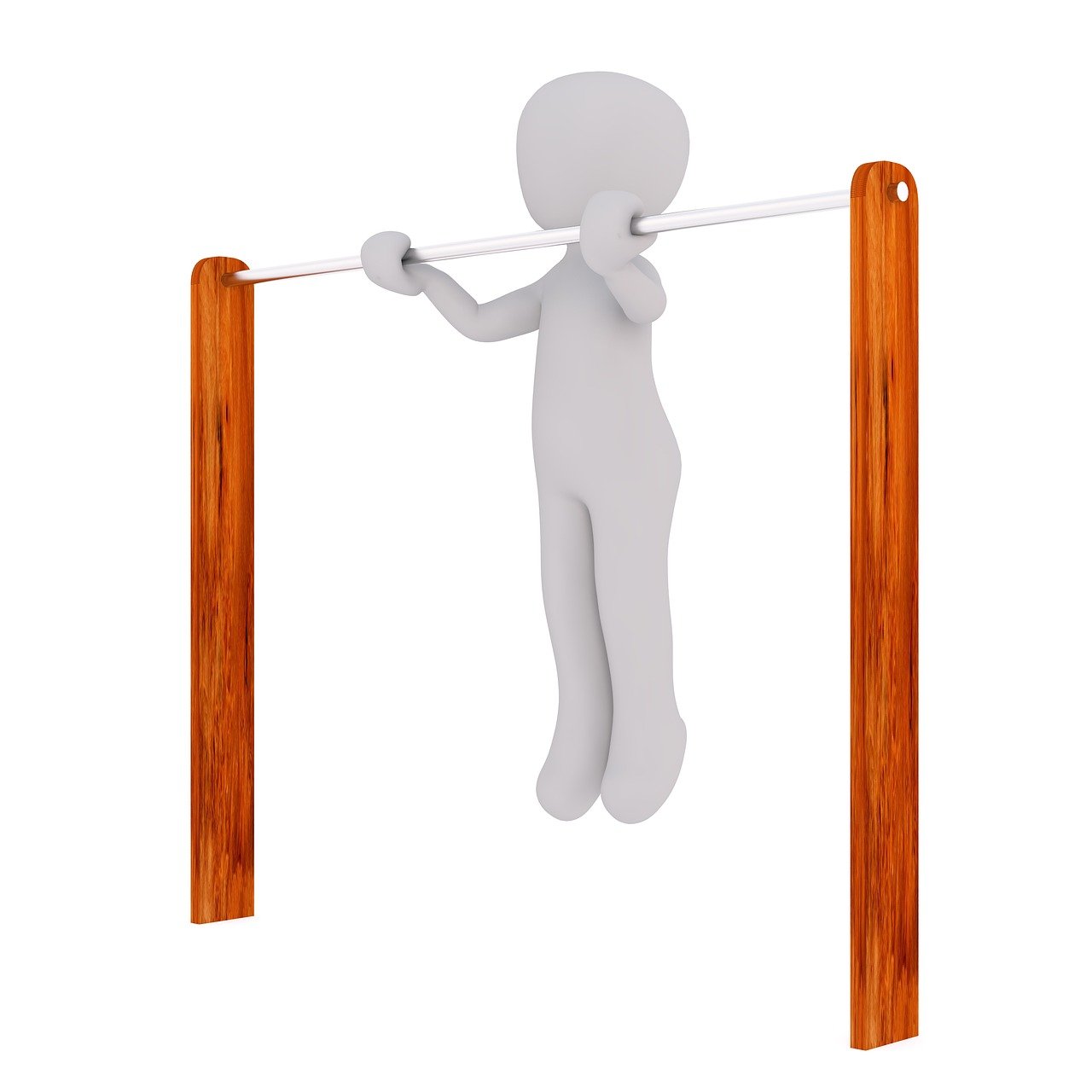Table of Contents
![]()
Economic Bubble Definition
A bubble as an economic season with a very fast increase in the asset prices with subsequent shrinkage of the economy. Bubble creation occurs when there is inrush in the asset prices unwarranted by the asset’s primary principle and facilitated by free-market behavior. An overwhelming sell-off occurs when investors are not willing to buy at the super increased price leading to the deflation of the bubble.
A Little More on What is a Economic Bubble
The change of investors behaviors causes the formation of bubbles in economies, securities, stock markets, and business sectors. The changes can be existing and real as Japans bubble of the 1980s during the partial regulation of banks or pattern shift that happened during 1990s and first quarter of 2000 dot-com boom. There were high sales of high priced stocks during the boom anticipating higher selling prices until the confidence in the forecasts were lost leading to the huge shrinkage occurs as a market correction. There is asset transfer to areas with higher growth as a result of bubbles in the equity market and economies. There are asset movements towards the end of the bubble causing the deflation of prices.
The Five Steps of a Bubble
Five stages of a bubble by Economist Hyman P. Minsky, the first to explain the growth of financial instability and its relationship it has with the economy. The bubbles cycle is consistent even though there is variation in the cycles interpretation. The steps include: Displacement This is the first stage when the investors attention is drawn by the paradigm such as product, technology, historically low-interest rates and other attention-drawing things. Boom After the investors attention drawn, more investors get into the market resulting to the increase in the prices and as more investors get in and the prices steadily increase reaching the highest maximum price resulting to more assets being bought. Euphoria This is a stage of excitement and joy in the market as prices skyrocket and people confidence in the increases. Profit taking This a stage where people see the warnings will start to sell off the assets at high prices and make a profit even though the warnings of the bubble bursting is difficult to see and notice.
The First Bubble
There are two consequential bubbles in the previous history: the 1190s dot-com bubble and the housing bubble that occurred between 2007 and 2008. In addition to these, the first bubble that occurred from 1634 to 1637 gives applicable experimental lessons.
Dot-Com Bubble
The bubble took place in the late 1990s when the equity market rise was as a result of investments in internet and technology-based firms. The dot-com bubble grew out a combination of speculation and the existence of more than enough venture capital headed to startups. Investors began investing a huge amount of money in the internet startups with profit anticipation. With the increase in the technology development and the start of internet commercialization, startup companies contributed to the fastening of the surge in the stock market that started in 1995. The following bubble formation was by cheap money and easy capital. These startup companies were not profitable but resorted to issuing initial public offer (IPOs), and their stock prices were highly quoted creating investors panic. As the market reached its pinnacle, investors lost confidence and started fearing to lead to the about 10% loss in the stock market. The once so-called capital begun to diminish with companies with millions in market capitalization started to start losing value and ended being worthless and as the 2001 year end, most of the Dot-Com companies were liquidated.
U.S. Housing Bubble
The bubble occurred in the real estate sector as a result of a dot-com bubble. The housing bubble affected at least half of the United States. With the onset of the market crash, the real estate value begun rising and homeownership demand started climbing up at warning levels. There was a decline in the interest rates, and the strict bank regulations were dropped enabling anyone to purchase homes. This enabled about 56% of those who bought homes during that time to do so, and they could not have bought it not for the bubble. As the government supported home ownership, banks reduced the borrowing requirements in addition to lowering the interest rates. Adjustable-rate mortgages become of preference with low initial rates and three to five years refinancing options. Many houses were bought, developed and sold at profits. Following the Dot-Com crash, the stock market for houses started to rise, interest rates and those of adjustable mortgages begun to be refinanced at higher interest rates. When there was an emergence of a clear indication in the dive of the home values, prices started crashing resulting in sell-off in mortgage-backed securities leading to prices drop and loss of mortgage million dollars
References for Bursting Bubble Principle
- https://www.investopedia.com/terms/b/bubble.asp
- https://www.listenmoneymatters.com/economic-bubble/
- https://marketbusinessnews.com/financial-glossary/economic-bubble/





Be the first to comment